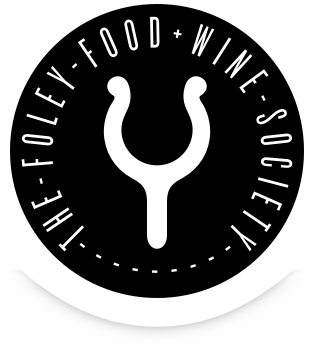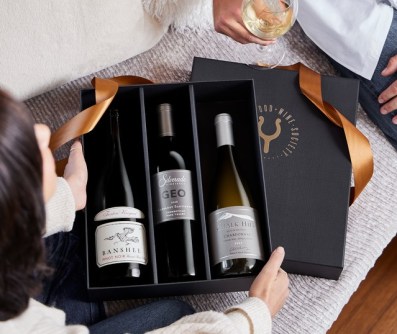PICTURED ABOVE: BABY CABERNET SAUVIGNON GRAPE CLUSTERS FROM OUR OLD VINE CHERRY BLOCK IN SONOMA. THIS IS A HERITAGE CLONE ON ST. GEORGE ROOTSTOCK THAT WILL EVENTUALLY END UP IN OUR SEBASTIANI CHERRYBLOCK CABERNET.
The last time we checked in with Kara Maraden, our Director of Viticulture at Foley Family Wines, was in mid-March. So much has happened in the world since then, but all the while, the vines have continued to grow, and farming, which has been considered “essential work” during the pandemic, has had to keep up.
Now that we’re into June, we asked Maraden to bring us up to speed on everything happening in the vineyard and how she and her crews are coping.
Q: What is happening in the vineyards right now? What’s changed since March? Any early indicators as to how the 2020 season will shape up?
Kara Maraden (KM): May and June are an exciting time in the vineyard. We are really starting to see the potential for the 2020 vintage and it looks great so far. In late April and early May we get all the suckering done [pruning of new, unwanted growth] so the vine can focus its growth on fruiting canes [the new vine growth that will nurture grape bunches]. We are just through bloom [flowering that leads to fruit-set], with our Cabernet vines, which are typically the last to finish up.
There are so many activities happening. Leafing and pulling laterals [training the vine in the desired direction] will start now that we are through bloom. This will also help the vine focus on those fruiting canes. We are doing fertilizer applications in order to ensure proper nutrition in order to ripen those developing clusters and watching to make sure that our canopies are developing enough height and leaves to support the crop they will produce.
In many locations, we can hold off irrigation right now because canopies are still growing and we actually want them to start to slow down. However, in other locations, we may be irrigating to make sure we do get that canopy growth. The difference in irrigation practices depends a lot on variety, soil type, rootstock. Sandy or gravelly soils hold less water so we may have to irrigate more in sites like that.
Q: Talk a little about bloom and what this means? How important is it for the growing season ahead?
KM: Once frost season is over, usually around mid-May, bloom is our next big milestone for several reasons. How well the fruit “sets” will determine how many berries per cluster and this has a very big impact on yield and eventually quality. Fruit set during bloom depends heavily on the weather. Grapes self-pollinate and prefer temperatures to be between 68 and 77 degrees. Rain or cold temperatures during this time can disrupt pollination and cause shatter.
Shatter is when the flower is not pollinated, which means it won’t produce seeds and is very unlikely to produce a berry that will mature and ripen normally. Bloom is also a very important time to prevent fungal diseases for the whole season because many fungi live in the clusters and once the fruit starts to develop it gets more difficult to control inoculum. Once bloom is complete and we have berry set we can start to count clusters and get an idea of how much crop we will have this season. We worried about the rains we had in late May but all indicators show that it had little effect on bloom this year. It’s all about the timing!
Q: How have your farming practices changed as a result of the pandemic?
KM: Since “the show must go on” we have made most of the changes in how all of us interact as essential workers. We are still doing everything we need to in the vineyard, we are just changing our personal habits. When we work, we space out amongst the vines rather than working side by side. Everyone has masks and hand sanitizer and breaks and lunches have to be taken with social distancing measures in place.
Q: Finally, a personal question: what is your favorite part of farming vineyards? What really gets you excited?
KM: I love that my work centers around growing wine grapes for so many reasons. Just being able to get outside and see so many different growing regions and varieties is fantastic. But what I really love is watching these vines wake up in the spring and make this incredible journey through their seasonal cycle knowing that they will continue that growth even after they have been harvested. Eventually, creating a pretty magical beverage that people have been enjoying and even obsessing over for thousands of years. So much art, science, and hard work go into each bottle of wine—and I get to be a part of that.




